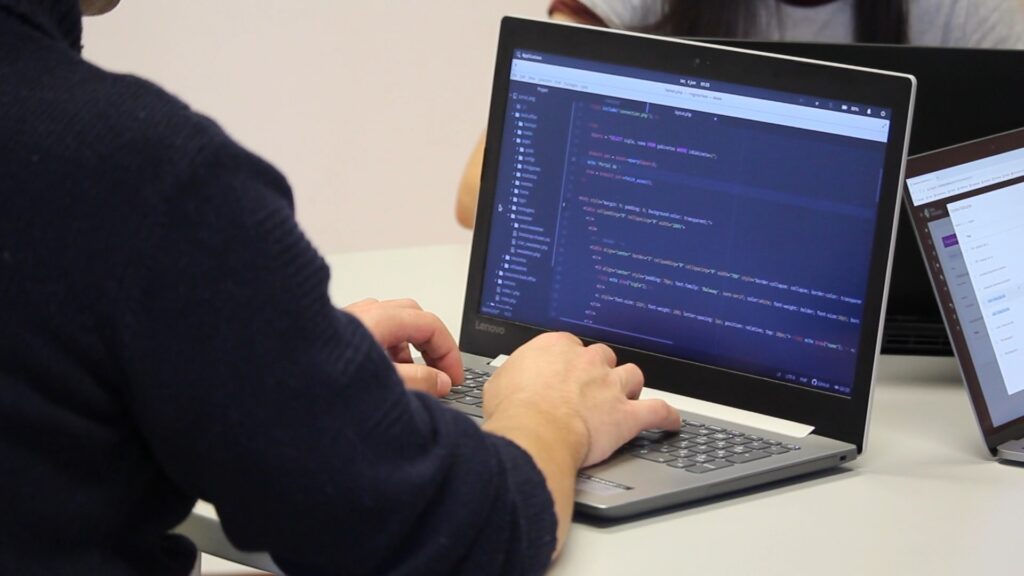As software development continues to play an increasingly important role in our lives, the issue of security has become more critical than ever before. Writing secure code is a vital aspect of software development that can help prevent cyber attacks and protect sensitive data. In this article, we’ll explore some best practices for writing secure code that can help you ensure the safety of your software.

Validate Input Data
One of the most common ways that cyber attackers gain access to software systems is through the input data. It’s essential to validate all input data to ensure that it’s in the expected format and doesn’t contain any malicious code. This involves checking for buffer overflows, SQL injection attacks, and other forms of malicious code.
Keep Your Code Up-to-Date
Software security is an ever-evolving field, and new vulnerabilities are constantly being discovered. Keeping your code up-to-date is critical to ensure that it remains secure. This means applying security patches and updates as soon as they become available, and regularly reviewing your codebase to identify and fix any security issues.
Use Strong Authentication Mechanisms
Authentication is the process of verifying the identity of a user. It’s essential to use strong authentication mechanisms to ensure that only authorized users can access your software system. This involves using secure passwords, multi-factor authentication, and other forms of authentication that are difficult to bypass.
Encrypt Sensitive Data
Encryption is the process of encoding data in a way that only authorized users can read it. It’s essential to encrypt sensitive data such as passwords, credit card numbers, and other personal information to prevent it from falling into the wrong hands. This involves using strong encryption algorithms and ensuring that encryption keys are kept secure.
Implement Role-Based Access Control
Role-based access control is a security mechanism that restricts access to resources based on the user’s role. This means that users are only granted access to the resources that they need to perform their job functions. Implementing role-based access control can help prevent unauthorized access to sensitive data and ensure that your software system remains secure.
Use Secure Communication Protocols
Secure communication protocols such as HTTPS and SSL/TLS can help protect your software system from eavesdropping and man-in-the-middle attacks. It’s essential to use these protocols to ensure that all communication between your software system and other systems is secure.
Implement Security Testing
Security testing is a critical aspect of software development that involves testing your software system for vulnerabilities and weaknesses. This includes conducting penetration testing, vulnerability scanning, and code analysis to identify and fix security issues. Implementing security testing can help you identify potential security threats before they can be exploited by cyber attackers.
Educate Your Development Team
Writing secure code is a team effort, and it’s essential to educate your development team on security best practices. This involves providing training on secure coding practices, security testing, and other security-related topics. Educating your team can help ensure that they are aware of potential security threats and understand how to write secure code.
Writing secure code is an essential aspect of software development that can help prevent cyber attacks and protect sensitive data. By following these best practices, you can ensure that your software system remains secure and protected. Remember to validate input data, keep your code up-to-date, use strong authentication mechanisms, encrypt sensitive data, implement role-based access control, use secure communication protocols, implement security testing, and educate your development team. By incorporating these best practices into your development workflow, you can build secure and reliable software that meets the needs of your users.